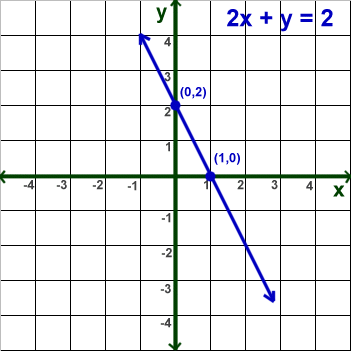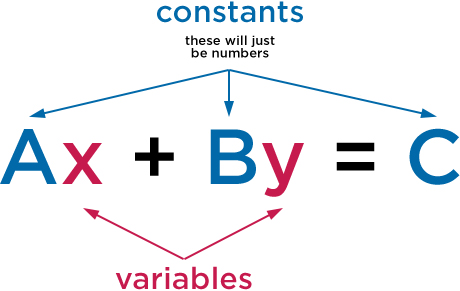Linear Equations
A linear equation is an equation in which the highest power of the variable is always 1. It is also known as a one-degree equation. The standard form of a linear equation in one variable is of the form Ax + B = 0. Here, x is a variable, A is a coefficient and B is constant. The standard form of a linear equation in two variables is of the form Ax + By = C. Here, x and y are variables, A and B are coefficients and C is a constant.

A linear equation is an algebraic equation where each term has an exponent of 1 and when this equation is graphed, it always results in a straight line. This is the reason why it is named as a ‘linear equation’.
There are linear equations in one variable and linear equations in two variables. Let us learn how to identify linear equations and non-linear equations with the help of the following examples.
| Equations | Linear or Non-Linear |
|---|---|
| y = 8x – 9 | Linear |
| y = x2 – 7 | Non-Linear, the power of the variable x is 2 |
| √y + x = 6 | Non-Linear, the power of the variable y is 1/2 |
| y + 3x – 1 = 0 | Linear |
| y2 – x = 9 | Non-Linear, the power of the variable y is 2 |
Linear Equations in Standard Form
The standard form or the general form of linear equations in one variable is written as, Ax + B = 0; where A and B are real numbers, and x is the single variable. The standard form of linear equations in two variables is expressed as, Ax + By = C; where A, B and C are any real numbers, and x and y are the variables.
